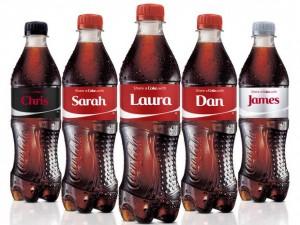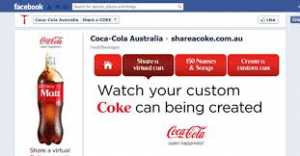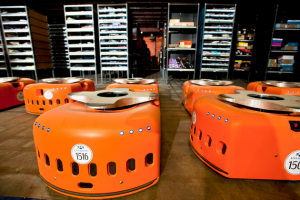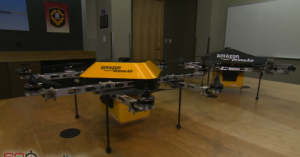We all loved when we found our names printed on a Coca-Cola can or bottle on the shelves at the grocery store. According to some customer reviews seeing your name on a big brand such as Coca Cola, makes it more personal. “Share a coke” campaign first started in Australia in 2011. After the great success in the Australian market, the campaign expanded on another 80 countries around the world. In 2014 the “Share a Coke” campaign was introduced in the US market. This campaign boosted the sales in U.S. by 2%. This raise on sales hadn’t happened in a decade for Coca-Cola. The Coke bottles had common names such as Jessica, Matt, Alisha and more, some buzz words such as friends, BFF and more. For those who had a name that was not really common like mine, Coca-Cola would let people print their personalized “Share a Coke” bottles in some designated kiosks. Also you could go online on the Coca-Cola website and create your own virtual bottle and share it on social networks. A lot of pictures with the personalized Coke bottles were shared on the social networks using the hashtag #shareacoke.
In the US, the company printed bottles with the 250 most common names. In UK the company printed bottles with 1000 most common names. I was kind of surprised by this fact. Since US is a bigger country than UK one would think the number of names chosen to be printed would be higher. The personalized bottles were introduced in the US market in June 2014. They were sold on the grocery stores and vending machines. Lately, you barely see those personalized Coke bottles or cans on the shelves anymore. Coke is switching back to its standard labels in US. This campaign was only a temporary campaign.
What played a major role in this global success?
Coca-Cola made a temporary change in their production line globally, by customizing its product. I think what played a major role in this campaign was the supply chain management. Making a change like this on the bottles and cans, especially when this change is applied to the global markets, supply chain is definitely a major part of this success. According to a representative of Coca Cola, the “Share a Coke” campaign was a great success thanks to the supply chain flexibility. The suppliers had to change their processes to meet the companies demand and the whole innovation demands that expanded globally. Through this example the supply chain management can be seen as a profit driver instead of just thinking about it as a cost center.
This campaign was only temporary. Do you think next year Coca Cola is coming up with the same campaign or something else “more attractive” to increase the sales?
What do you think are some other factors that played a major role in the switch of the product line?
http://www.foodmag.com.au/news/share-a-coke-campaign-success-thanks-to-supply-cha
http://online.wsj.com/articles/share-a-coke-credited-with-a-pop-in-sales-1411661519



